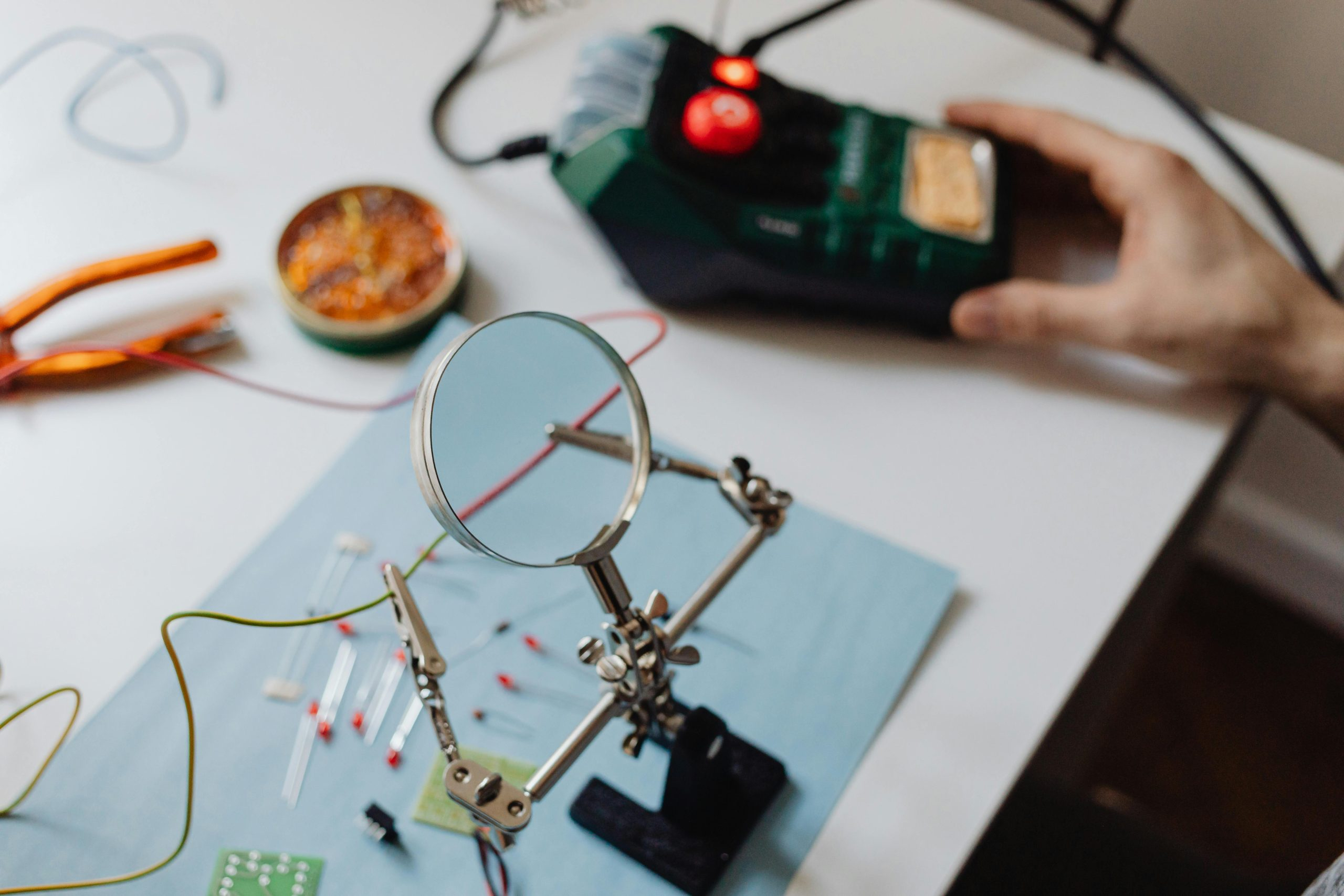Right-to-Repair Wars: DIY Fixes vs. Proprietary Tech
The demand for the “right-to-repair” has been a contentious issue in the tech industry for years. It refers to the ability of consumers to repair their own devices or take them to independent repair shops, rather than being forced to go through the manufacturer. This has sparked a war between DIY fixes and proprietary technology, with arguments on both sides. While companies have claimed that proprietary technology is necessary for security and protection of intellectual property, advocates for the right-to-repair argue that it gives companies too much control over our devices and limits consumer choice. In this article, we’ll dive into the right-to-repair wars and explore the arguments from both sides.
The Rise of Proprietary Technology
In recent years, we’ve seen a significant rise in the use of proprietary technology in devices. This means that manufacturers have been implementing software and hardware that limits the ability of users to repair their own devices or take them to independent repair shops. For example, Apple’s iPhone and Macbook products have been known to use specialized screws and components that can only be accessed with special tools, making it difficult for users to perform DIY repairs.
The primary argument for this trend is that proprietary technology is necessary for security and protection of intellectual property. Companies claim that it’s in the best interest of consumers to have their devices repaired by professionals who are trained and authorized by the company. They argue that using unauthorized repair shops or attempting DIY fixes can lead to further damage or even compromise the security of the device, putting personal data at risk.
The Push for the Right-to-Repair
On the other side of the spectrum are consumer advocates, repair technicians, and independent repair shops. They argue that the rise of proprietary technology limits consumer choice and gives companies too much control over our devices. They believe that consumers should have the right to repair their own devices, and that manufacturers should be required to provide them with the necessary tools and information to do so.
One of the primary arguments for the right-to-repair is that it promotes a more sustainable approach to technology. By allowing consumers to repair and extend the lifespan of their devices, it reduces electronic waste and the need for constant upgrades. Critics of the right-to-repair have also pointed out that it can be costly and inconvenient for many consumers to go through the manufacturer for repairs, especially for older or out-of-warranty devices.
The Impact on Small Businesses
The right-to-repair wars have also had a significant impact on small businesses, particularly those in the repair industry. Many independent repair shops have struggled to obtain the necessary tools and information from manufacturers, leading to increased costs and limited services offered. This has also led to concerns of a monopolization of the repair industry by large manufacturers, making it difficult for smaller businesses to compete.
However, some companies like Apple and Microsoft have started to make efforts towards easing restrictions and providing more repair options. This includes launching self-service repair programs and releasing repair guides and diagnostic tools for consumers and independent repair shops to use. It remains to be seen if this trend will continue in the future and if it will have a significant impact on the right-to-repair movement.
The Verdict: Balancing Security and Consumer Choice
It’s clear that the issue of right-to-repair is a complex and multifaceted one. On one hand, proprietary technology ensures the protection of sensitive data and intellectual property, but it also limits consumer choice and can lead to e-waste. On the other hand, advocating for the right-to-repair promotes sustainability and consumer freedom, but it also raises concerns about security and intellectual property rights.
Ultimately, finding a balance between these two factors is crucial. Manufacturers and consumers should work together to find solutions that consider both the security and protection of intellectual property and consumer choice. As technology continues to advance and become an integral part of our daily lives, it’s important to address these issues and find a middle ground that benefits all parties involved.
In Conclusion
The right-to-repair wars are ongoing and likely to continue for the foreseeable future. Whether you’re a consumer, repair technician, or manufacturer, it’s essential to educate yourself on both sides of the argument and understand the potential implications of this issue. In the end, finding a balance between security and consumer choice is key to a more sustainable and consumer-friendly tech industry.











